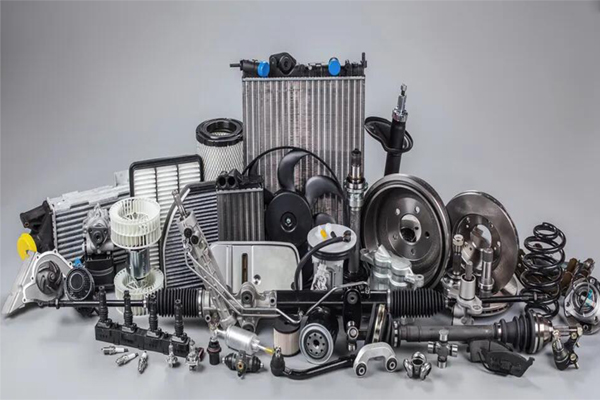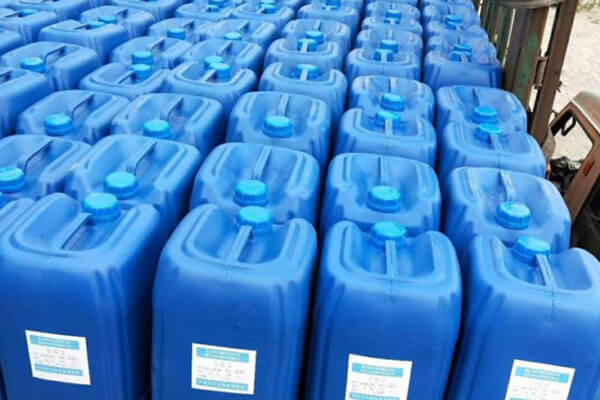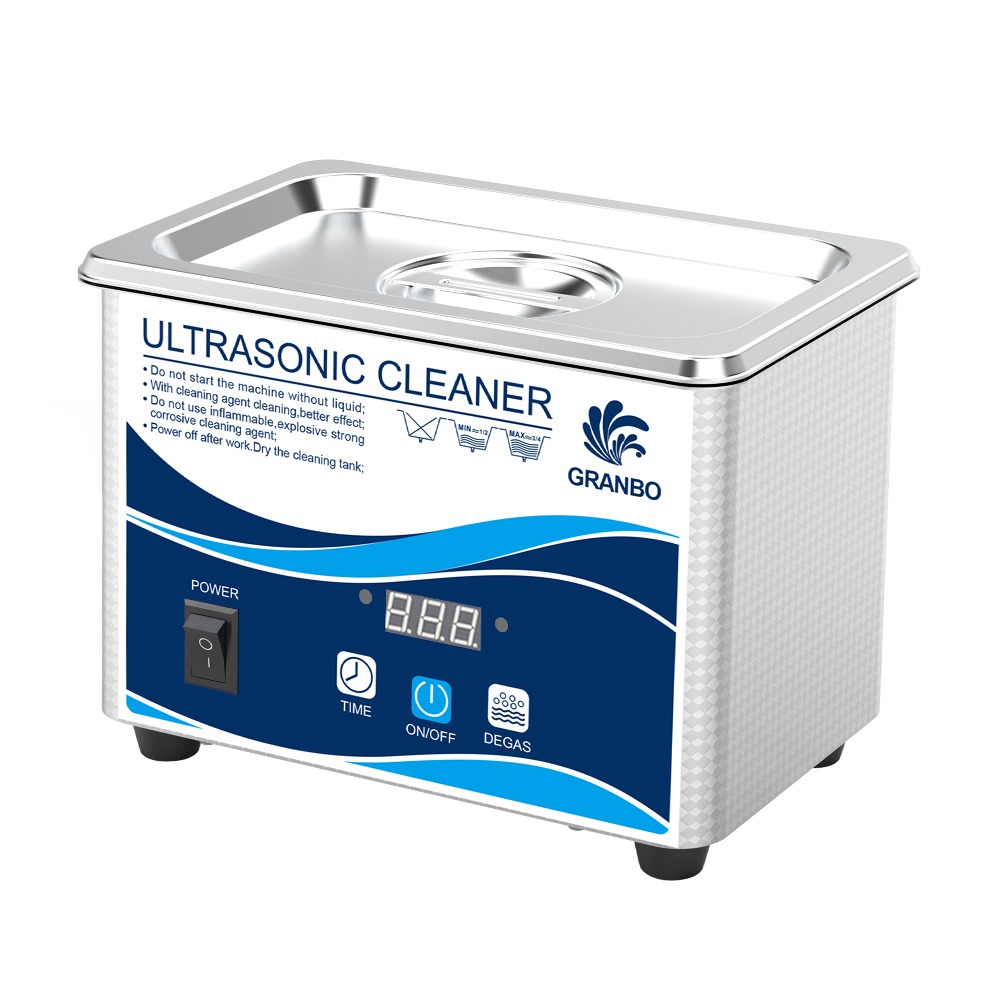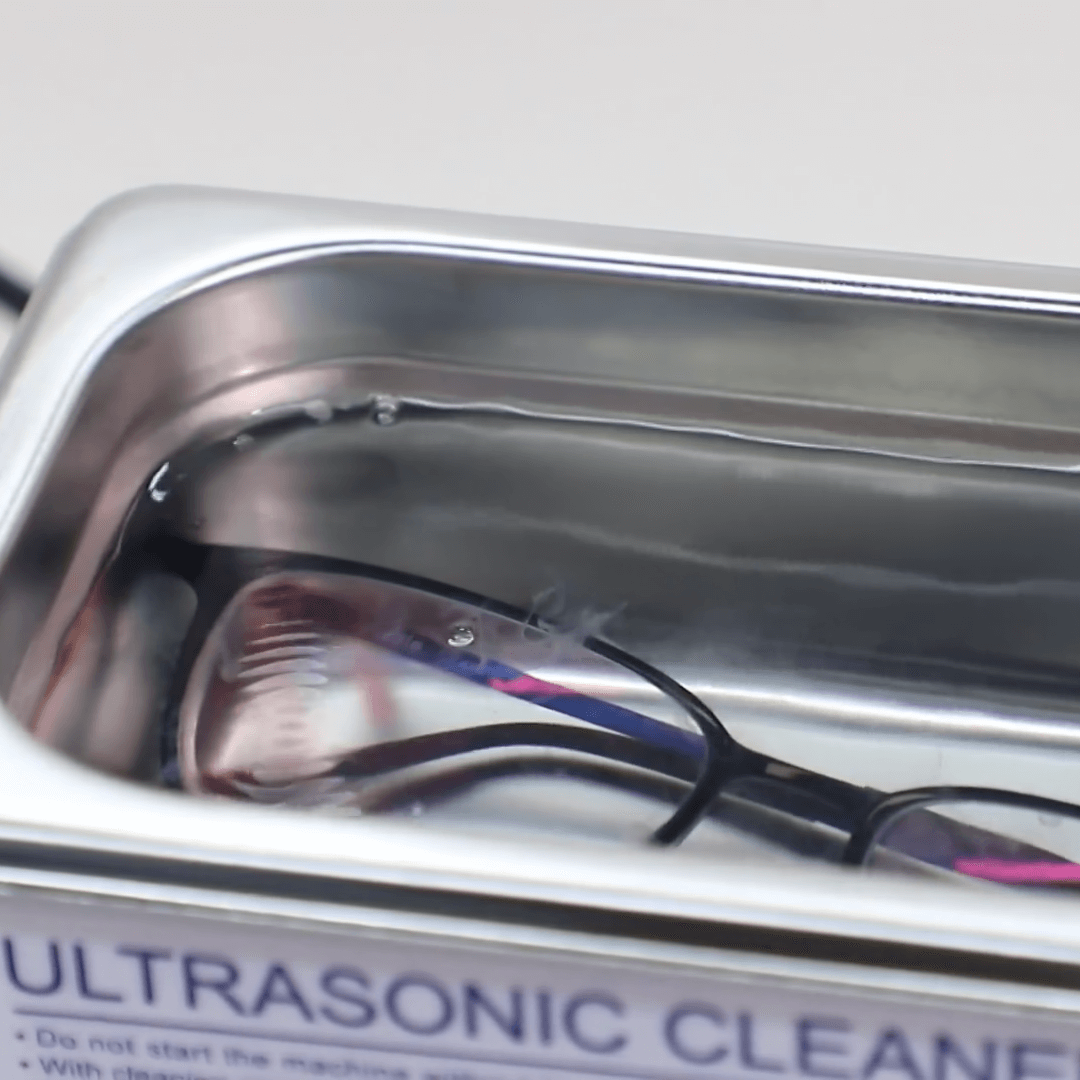Sterling silver jewelry is loved for its elegant appearance, classic luster, and timeless versatility. However, due to its soft nature and high copper content, it is prone to tarnishing when exposed to air, moisture, or skin oils. This makes regular cleaning essential not only for aesthetics but also for maintaining its condition over time. Ultrasonic cleaning has gained popularity as a fast, efficient solution for restoring shine, especially on detailed or hard-to-reach surfaces. But many wonder if it’s suitable for sterling silver. The short answer is yes—with proper precautions and understanding of how both the metal and the technology behave during the process.
How Ultrasonic Cleaning Works
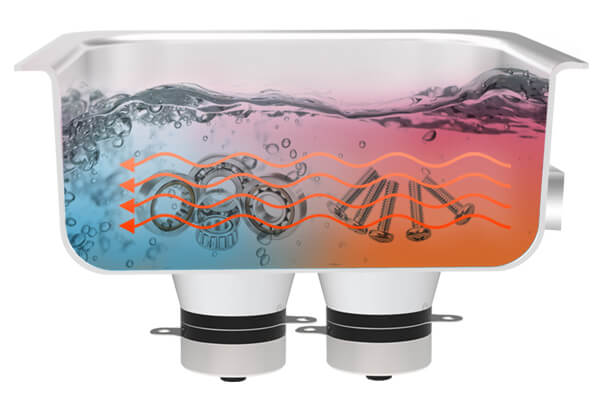
Ultrasonic cleaners work by emitting high-frequency sound waves—usually between 20–60 kHz—into a liquid cleaning solution. This creates millions of microscopic cavitation bubbles that rapidly expand and collapse. The force of these collapses gently but powerfully lifts dirt, grease, polishing residues, and oxidized layers from surfaces and crevices without the need for abrasive scrubbing. Because this cleaning action is both thorough and non-contact, it is ideal for detailed, textured, or delicate items—like chains, filigree, or engraved silver jewelry—where manual methods are ineffective or risky. It’s also highly consistent, producing even results across multiple pieces when done correctly.
Is Sterling Silver Suitable for Ultrasonic Cleaning?
Yes—sterling silver is generally safe for ultrasonic cleaning, but it depends on how you use the machine. 925 sterling silver has enough hardness and structural stability to withstand the cavitation process when proper parameters are observed. The key is using the right cleaning solution (neutral pH), a controlled temperature (not too hot), and a limited cleaning cycle. These factors help prevent surface dulling or chemical reactions that could affect the silver’s appearance. However, improper use—such as long exposure, harsh detergents, or cleaning multiple items without separation—can result in scratching, haze, or minor surface degradation. With the right care, ultrasonic cleaning can restore brilliance without damage.
Best Types of Sterling Silver Jewelry for Ultrasonic Cleaning
Not all silver jewelry is created equal when it comes to ultrasonic cleaning. The following types are generally safe and respond well to ultrasonic treatment when cleaned correctly:
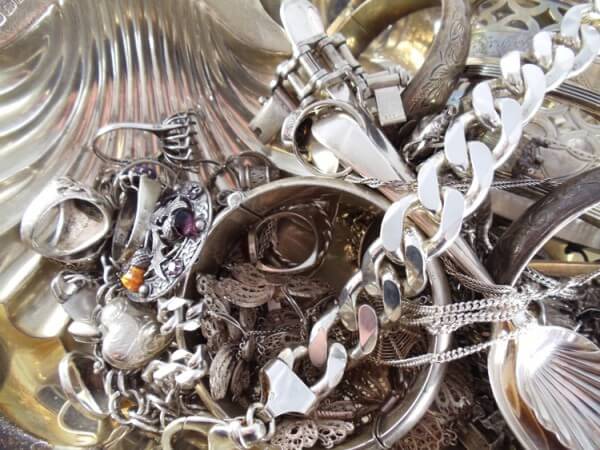
- Plain sterling silver pieces without gemstones
Items like solid silver rings, cuffs, bangles, and earrings with no stone settings are ideal for ultrasonic cleaning. They have fewer variables and are less prone to damage. - Simple chains and link bracelets
Sterling silver chains—especially those with tight links like box chains or rope chains—accumulate dirt in the crevices. Ultrasonic cleaning can penetrate these areas more effectively than manual methods. - Engraved or detailed pendants
Intricate surface designs can trap oils and oxidation. The ultrasonic cavitation process gently cleans out fine details without damaging the engraved patterns.
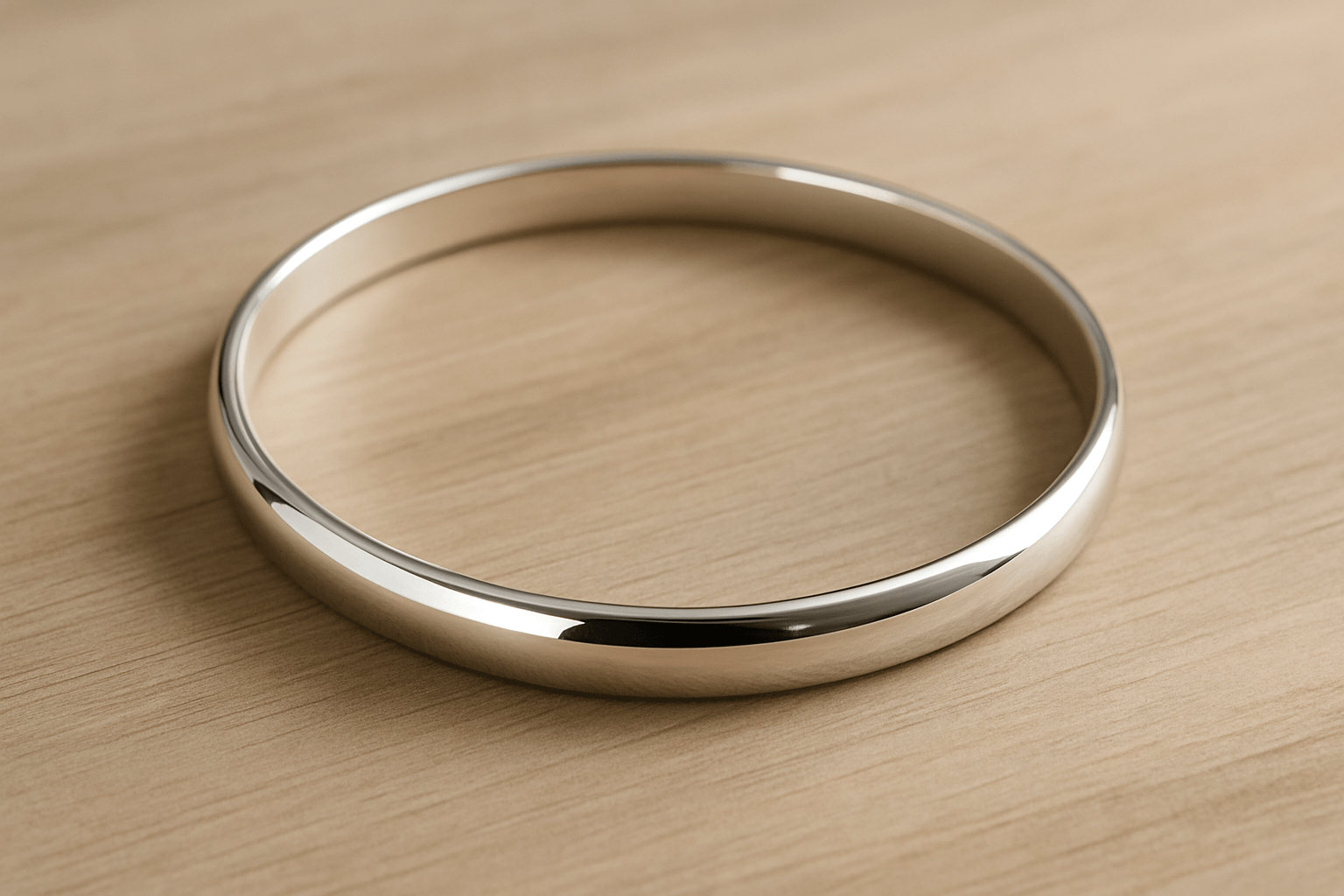
- Lightly tarnished silver
Jewelry with surface dullness or early-stage oxidation responds well to short ultrasonic cleaning sessions, restoring brightness without polishing. - Well-constructed silver items
Factory-made pieces with solid joints and stable construction are generally safe, as they are less likely to loosen or deform during cleaning. - Silver anklets or toe rings
These often-overlooked accessories gather sweat, dust, and skin oils from frequent contact with the body. Their structure makes them ideal candidates for ultrasonic cleaning.
These types of jewelry benefit the most from ultrasonic cleaning’s efficiency, as the process can reach into tight spaces, remove fine particles, and restore luster without abrasion. When paired with the appropriate cleaning solution, an optimal temperature range of 38–50°C, and a controlled cleaning cycle of 3–5 minutes, ultrasonic cleaning offers a safe, consistent, and highly effective way to rejuvenate sterling silver. This combination ensures thorough decontamination while preserving the integrity, texture, and shine of the jewelry—making it ideal for both routine maintenance and occasional deep cleaning.
What Should Not Go in the Cleaner
While ultrasonic cleaners are highly effective for many sterling silver pieces, some items are best cleaned by hand due to their sensitive structure or materials. Avoid placing the following in an ultrasonic cleaner:
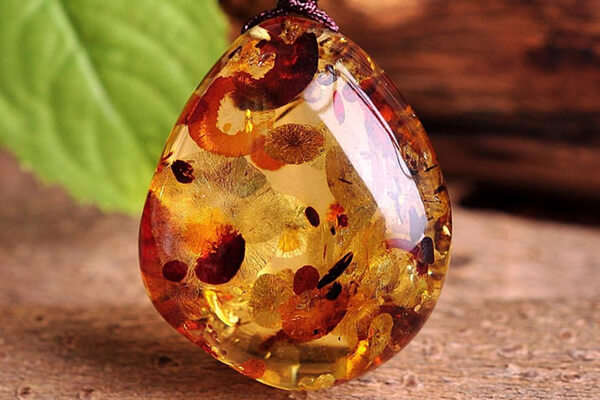
- Jewelry with soft or porous gemstones
Stones such as pearls, turquoise, amber, opals, and coral are naturally delicate and often porous. Ultrasonic vibrations can cause cracking, discoloration, or even complete detachment from their settings. - Plated silver items
Pieces that are gold-plated, rhodium-plated, or chemically oxidized (for a darkened antique look) have surface treatments that may peel, fade, or become patchy when exposed to ultrasonic activity.
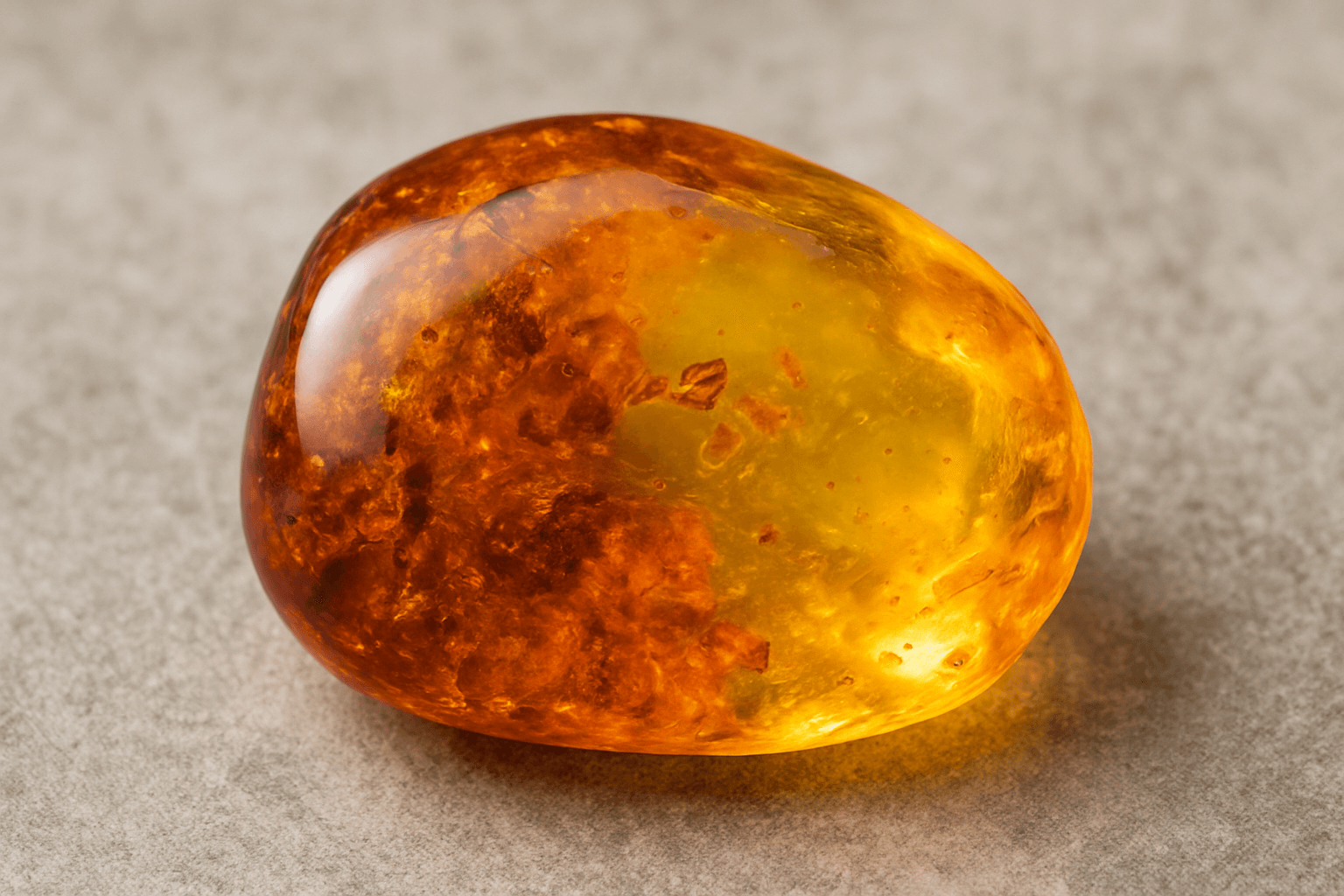
- Vintage silver jewelry
Older items may have fragile solder joints, decorative patinas, or weakened structures. Ultrasonic cleaning may unintentionally strip away valuable surface finishes or worsen tiny cracks. - Silver jewelry with loose or glued components
Handcrafted or assembled pieces that rely on glue or have slight misalignments may loosen, shift, or fall apart under ultrasonic vibrations—especially during extended cleaning cycles or when warm water and active cleaning agents are used. Over time, this can lead to visible damage or structural failure in delicate components. - Highly detailed or filigree work with unknown materials
Mixed-material pieces with enamel, resins, or synthetic components may not react predictably in an ultrasonic bath. The vibrations, heat, or cleaning chemicals can cause discoloration, surface cracking, or separation of materials.
When in doubt, it’s always best to consult a professional jeweler who can assess the material, structure, and condition of your jewelry before ultrasonic cleaning. Alternatively, you can perform a spot test on a small, inconspicuous area to observe how the piece reacts. Taking this extra step helps prevent unintended damage—such as surface dulling, stone loosening, or finish fading. Thoughtful and selective use of your ultrasonic cleaner not only preserves the value and beauty of each piece, but also ensures that your cleaning routine remains safe, effective, and tailored to your collection’s specific needs.
How to Clean Sterling Silver Safely in an Ultrasonic Cleaner
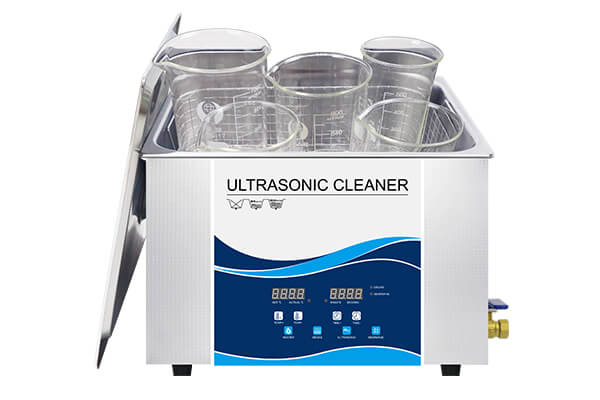
To clean sterling silver jewelry properly, start by preparing a neutral, non-corrosive cleaning solution—mild dish soap or a silver-safe ultrasonic detergent mixed with warm water (38–50°C) is ideal. Remove any gemstones or sensitive attachments before placing the item in the cleaner. For best results, clean one piece at a time or use a mesh basket to separate items. Set the machine to a 3–5 minute cycle, monitoring for any visible reaction. After cleaning, rinse the item thoroughly with clean water to remove any residue, and dry it immediately with a microfiber cloth. Allow it to air dry completely before storage to avoid moisture-related tarnish.
Common Questions
- Why does silver turn cloudy after ultrasonic cleaning?
This often results from over-cleaning, using incompatible solutions, or removing the intentional oxidation layer. Use a silver polishing cloth to restore luster. - Can I clean gemstone-set silver in a cleaner?
Yes, but only with durable stones like diamonds or sapphires. Softer or organic stones should be avoided. - How often should I clean my silver jewelry?
It depends on wear frequency and environmental exposure. Light use may need cleaning once a month, while daily wear may benefit from bi-weekly care. Proper storage helps reduce the need for frequent cleaning.
Granbo Ultrasonic Cleaners: Designed for Delicate Silver
Granbo ultrasonic cleaners are built for both power and precision, making them an ideal choice for sterling silver jewelry care. Featuring digital frequency adjustment, intelligent heating control, and stable power output, Granbo units allow users to fine-tune cleaning performance for different materials and tarnish levels. The machines support safe temperature ranges, soft-start protection, and degassing functions to improve bubble distribution. Whether you’re a home user with a small collection or a professional handling bulk jewelry cleaning, Granbo offers models ranging from compact tabletop units to larger, multi-slot commercial systems. Trusted by jewelers and technicians worldwide, Granbo ensures a balance of efficiency, safety, and long-term durability. If you need to buy an ultrasonic cleaner, we would appreciate you consulting us!
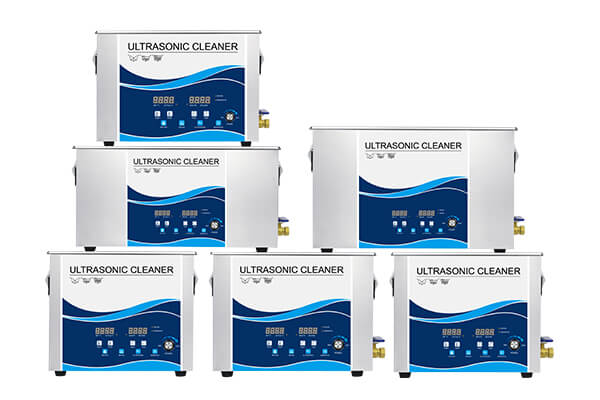
Shine Smarter: Clean Silver the Right Way
Ultrasonic cleaning offers a modern, effortless way to restore sterling silver’s original shine—without the need for polishing paste or brushes. However, the secret lies in choosing the right machine, solution, and cleaning method for your particular piece. By respecting the structure of your jewelry and following safe practices, you can clean more effectively, prevent wear, and extend your silver’s life. When used correctly, ultrasonic cleaning is not only efficient but also far gentler than many traditional methods. With a thoughtful approach and trusted equipment like Granbo ultrasonic cleaners, your sterling silver will continue to sparkle through years of wear and enjoyment.

